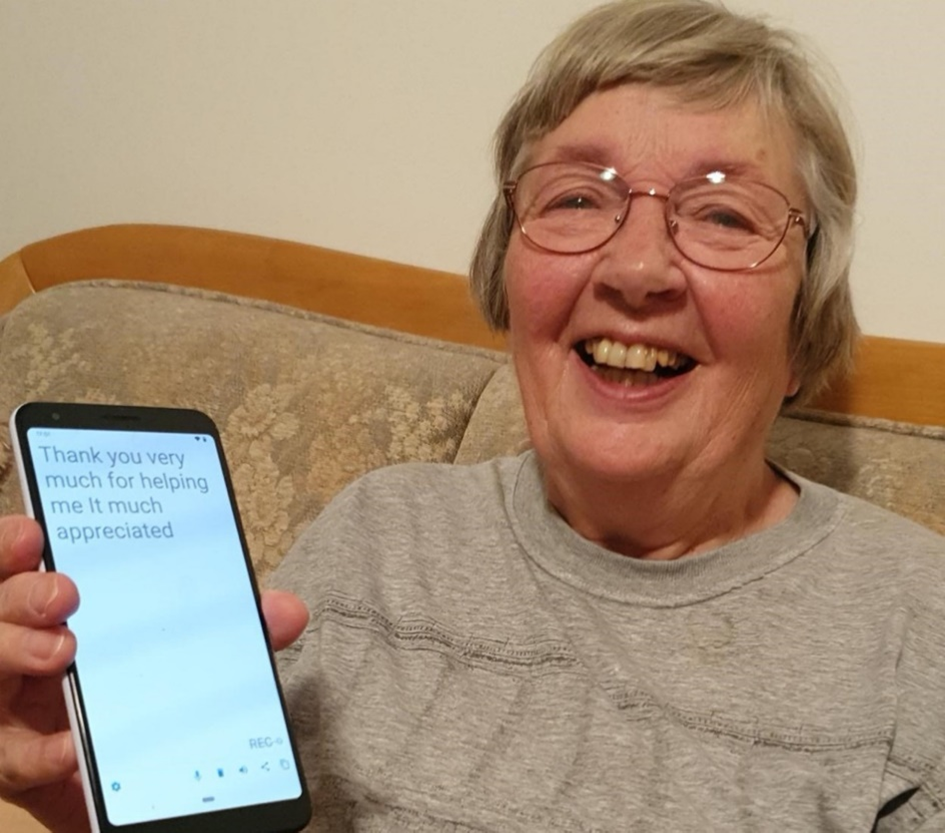Case Study: Google Euphonia, Supporting People with Impaired Speech to be Better Understood
For people whose speech is difficult for others to understand, face-to-face communication can be very challenging. Using voice-activated technologies such as Google Assistant or Google Home can also be frustrating. These tools enable people to use their voice to adjust lighting, send a text, get directions, play music, and thousands of other uses. For people with physical or mobility limitations, using voice to better control their environment could be particularly helpful, however this technology does not work well for people with impaired speech. At the same time, voice interaction with devices is becoming ubiquitous: by 2024, it is forecast people will be able to interact with over 8.4 billion devices using their voice - larger than the world’s population. As voice interaction with devices becomes more normalized, individuals with impaired speech increasingly risk being excluded from these current, commercially available technologies - even though they could benefit extensively. At a societal level, inequality in access to technology risks increasing the ‘digital divide’, potentially increasing social exclusion. Investigation in academic and market literature showed that although many groups have tried to address this problem, limited progress has been made.
Euphonia is a Google research project and uses voice samples from many thousands of contributors who have impaired speech to train a speech recognition model, opening the possibility more equal access to voice activated technology. Additionally, Euphonia may provide near-real time transcription of impaired speech as it is spoken in daily conversation. This may support better listener understanding as a conversation unfolds.
People who live with impaired speech have been involved throughout each stage of Euphonia ideation and development to contribute their ideas, help with design, try prototypes and give feedback on how Euphonia actually works in their daily conversations. In this way it is hoped that Euphonia will provide significant and practical benefit for people living with impaired speech in daily life.

Figure 7.1: Google Euphonia user who has ALS/MND.
This case study is excerpted from Disability Interactions: Creating Inclusive Innovations by Catherine Holloway and Giulia Barbareschi, https://doi.org/10.1007/978-3-031-03759-7, pages 138–139.